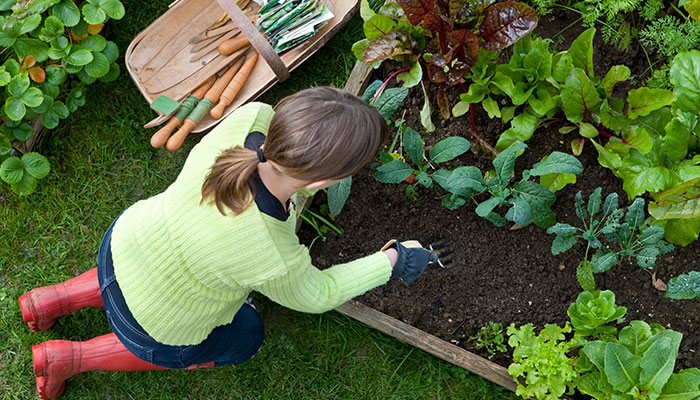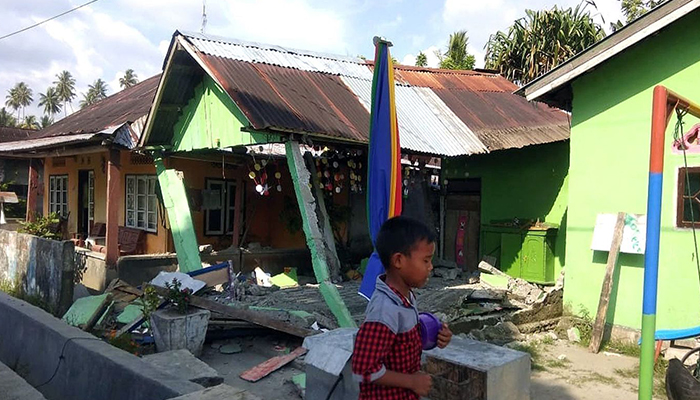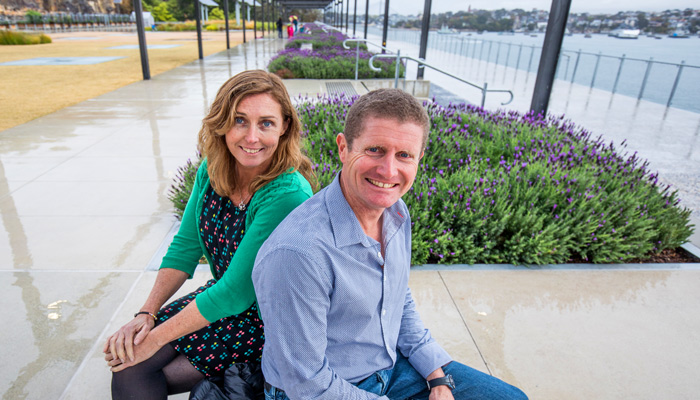High in the rainforests of NSW, the valuable black bean tree, Castanospermum australe, produces nutritious seeds that Indigenous people harvested for at least 2000 years, removing toxins and crushing the seeds to make flour for a bush damper.
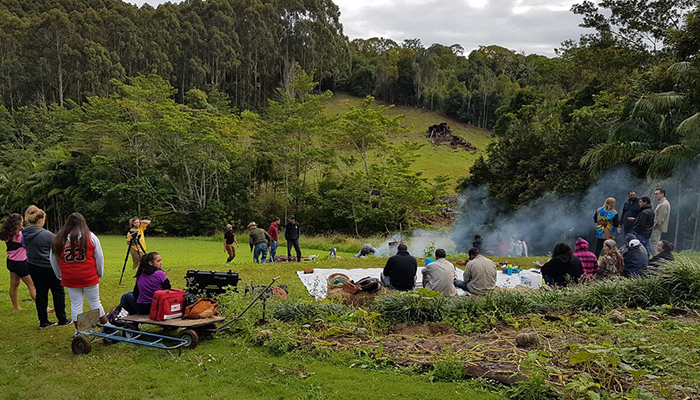
Cross-collaboration: The research has been substantiated with the help of Indigenous elders with living knowledge of the plant.
Researchers mapped the DNA of this unusual plant in an attempt to explain its spread from Cape York, at Australia’s northernmost tip, to mountainous rainforests in northern NSW, because the seeds are too heavy for wind dispersal and too big for animals to disperse.
The story of the black bean tree has given rise to an important three-year project led by Macquarie University researcher Dr Emilie Ens, exploring the ancient history of plant dispersal by Aboriginal people.
The black bean trees in northern NSW may be directly descended from the Cape York trees, evidence that Indigenous Australians carried the seeds across country as an important food source.
It’s important to acknowledge the human history of the movement of species around us.
“Before colonisation there were disjunct populations of the bean tree in Cape York and NSW and not much inbetween,” says Ens, who is a cross-cultural ecologist at Macquarie University’s Department of Environmental Sciences.
Ens talked to older Indigenous people in the regions who knew the plant and its history, gathering information which complemented the genetic research.
The seeds show evidence of early agriculture, as Indigenous people brought seeds from this useful plant, either through trading and sharing between groups or during a period of migration.
“Our research combined Western scientific genetic information with Aboriginal ethnographic knowledge to piece together the dispersal of rainforest trees prior to colonisation,” she says.
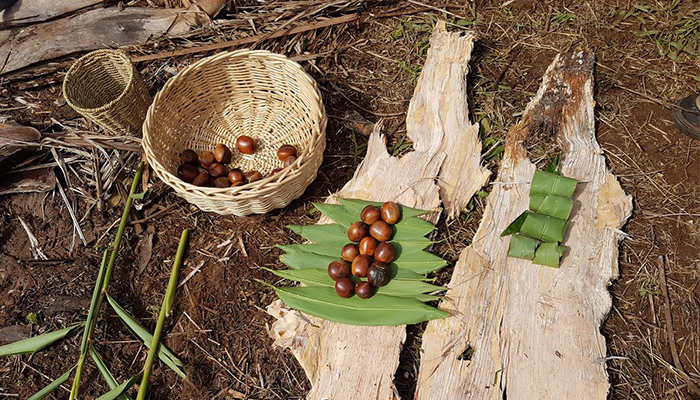
Poisonous pods: The leaves and seeds of the black bean tree are toxic to livestock but have been safely cooked by Indigenous people.
Ens says that traditional stories confirm that people moved the plants from place to place. “The black bean story in northern NSW involves a songline which talks about an ancestral creation spirit that walked from Byron Bay across the range towards western NSW carrying a bag of beans,” she says.
The researchers worked with local Aboriginal elders to locate the walking tracks related to a songline of the area, which had been recorded last century by settlers in the area.
“They drew on a map where they thought the songline of the track would be, and the song maintains the knowledge associated with the track that went from Byron Bay up towards Kyogle, across the ridgeline – where we found some of the black bean trees still existing today.”
- Sydney's biggest green roof welcomes researchers and community gardeners
- Wild Australian rice could be the key to feeding 11 billion people
Part of the research included a cultural workshop in northern NSW where knowledgeable Aboriginal people from Cape York and NSW taught students from Casino High School and local Aboriginal Rangers how to prepare and eat the black beans.
“It’s important to acknowledge the human history of the movement of species around us,” Ens says.
“This plays into all kinds of scenarios such as modelling for future climate change – because if we’re modelling species distribution based on what we think is natural distribution, then the baseline data for some of that modelling is incorrect.”
ARC project seeks to trace plant dispersal
The black bean research was a preliminary study for the Rediscovering prehistoric Aboriginal plant dispersal pathways ARC Discovery Project led by Ens, which runs from 2018-20.
Using new genetics techniques, biologists have been able to uncover plant population dynamics and relationships more efficiently and in greater detail than ever before.
But to be able to distinguish between natural and human dispersal, biologists need input from Aboriginal knowledge custodians, archaeology, anthropology, linguistics and ecology – something this project is doing.
Understanding how plant migration in centuries past was assisted by Aboriginal people will help scientists develop natural and cultural resource management guidelines, including climate change adaptation strategies and cultural heritage maintenance.
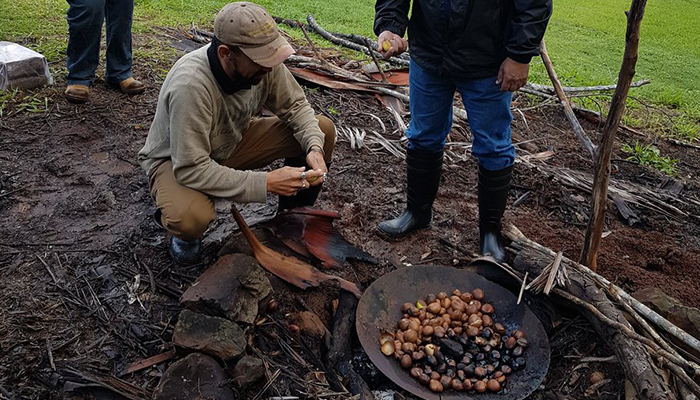
On country: A decade of field research with Aboriginal people has taught Dr Ens much about Indigenous ecology.
The researchers are working with Aboriginal people to trace the migration pathways of rainforest trees by Aboriginal people along the east coast of Australia.
Aboriginal PhD student Patrick Cooke is working on this part of the project while Monica Fahey is a PhD student working on the genetics, guided by Dr Maurizio Rossetto from the Royal Botanic Gardens, Sydney.
Project partners include an Aboriginal advisory group with representatives from the Bunya Mountains Murri Rangers, the Tropical Indigenous Ethnobotany Centre and the Firesticks Cultural Burning Alliance.
Eureka Prize recognises long collaborations
Ens was awarded the 2017 Eureka Prize for Innovation in Citizen Science together with Ngukurr elder Cherry Wulumirr Daniels, in recognition of the decade-long Ngukurr Wi Stadi Bla Kantri project that has developed a 140-page field guide of local plants and animals available in seven Indigenous languages.
The project team ran a series of biodiversity surveys and combined Indigenous knowledge, Western science and community collaboration with schoolkids and local rangers to record the extensive catalogue.
Aboriginal people have a very holistic way of viewing the world. Doing an ecology project on country doesn’t just focus on the environment.
It’s this history of long-term collaboration with Indigenous Australians that has allowed Ens to help to put together these important projects.
Ens’ work combines her academic background in environmental science with more than a decade of field research with Aboriginal people who have taught her a lot about Indigenous ecology.
She’s worked with Aboriginal Ranger groups in Arnhem Land, northern NSW and Cape York and spends around half of each year in the field.
Much of her research involves community-based relationship building and collaborative projects developed with traditional landowners, particularly with women.
Better understanding of the stories told in traditional song, stories and painting can give important ecological insights, she says.
“Aboriginal people have a very holistic way of viewing the world,” she says. “Doing an ecology project on country doesn’t just focus on the environment; we also address the community, educational links, health, political issues and economic goals.”
It may be time-consuming, Ens says, but developing projects that have environmental, social and economic outcomes is also rewarding – and has greater long-term viability.
Dr Emilie Ens is a Senior Lecturer in the Department of Environmental Sciences.

